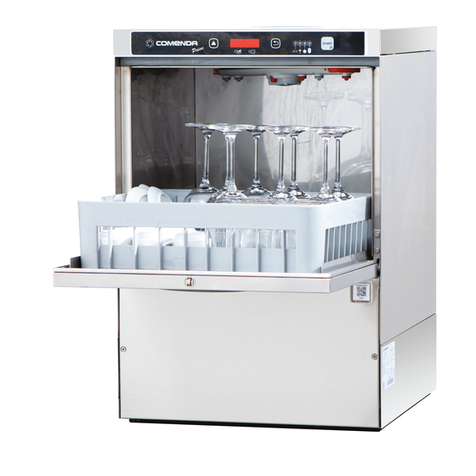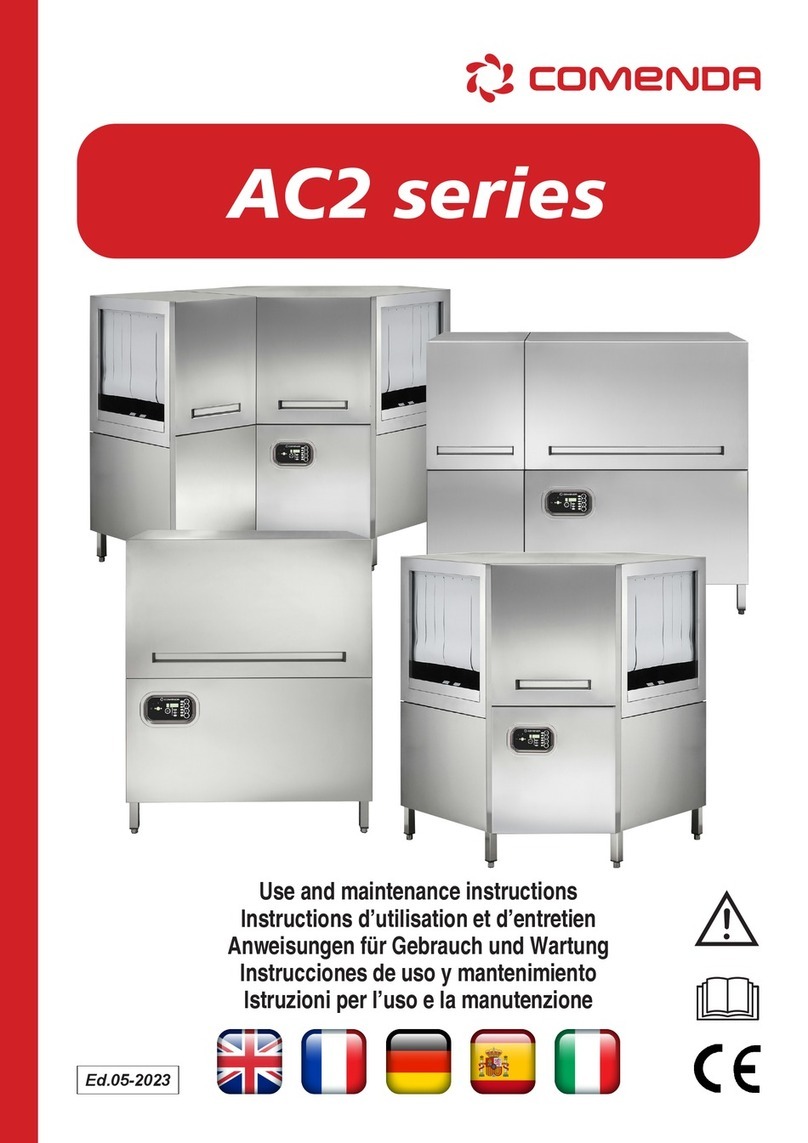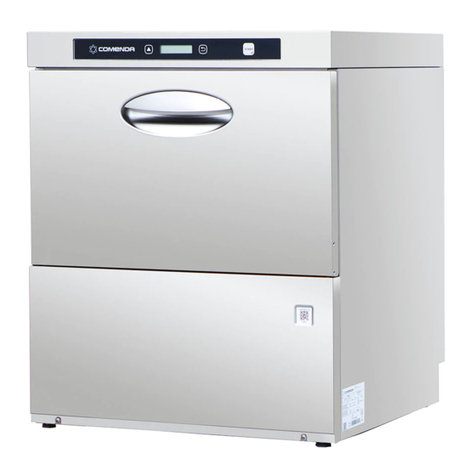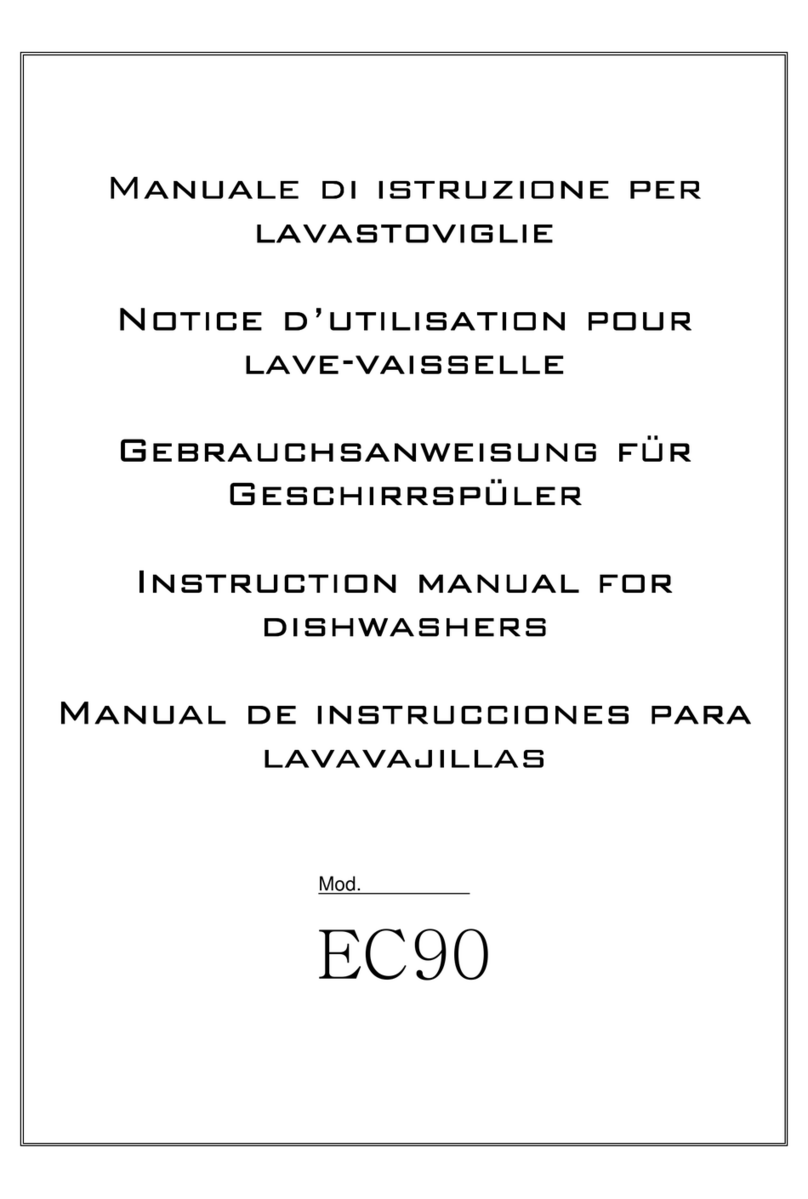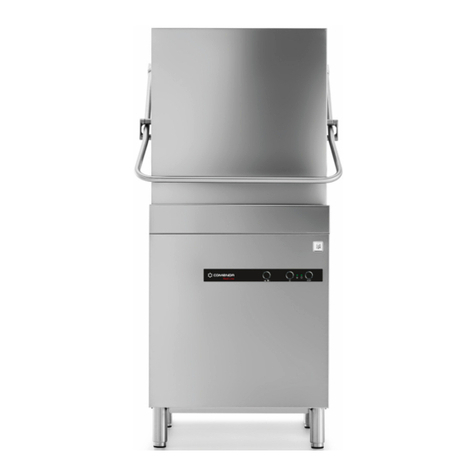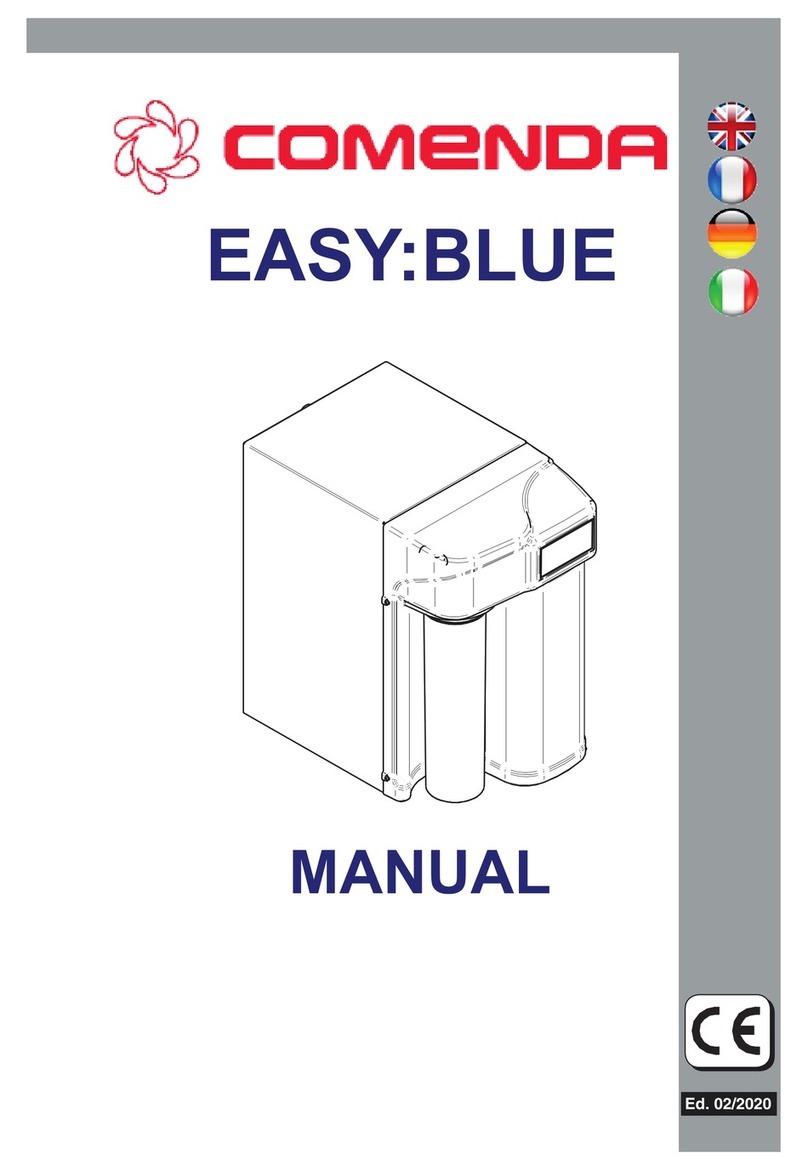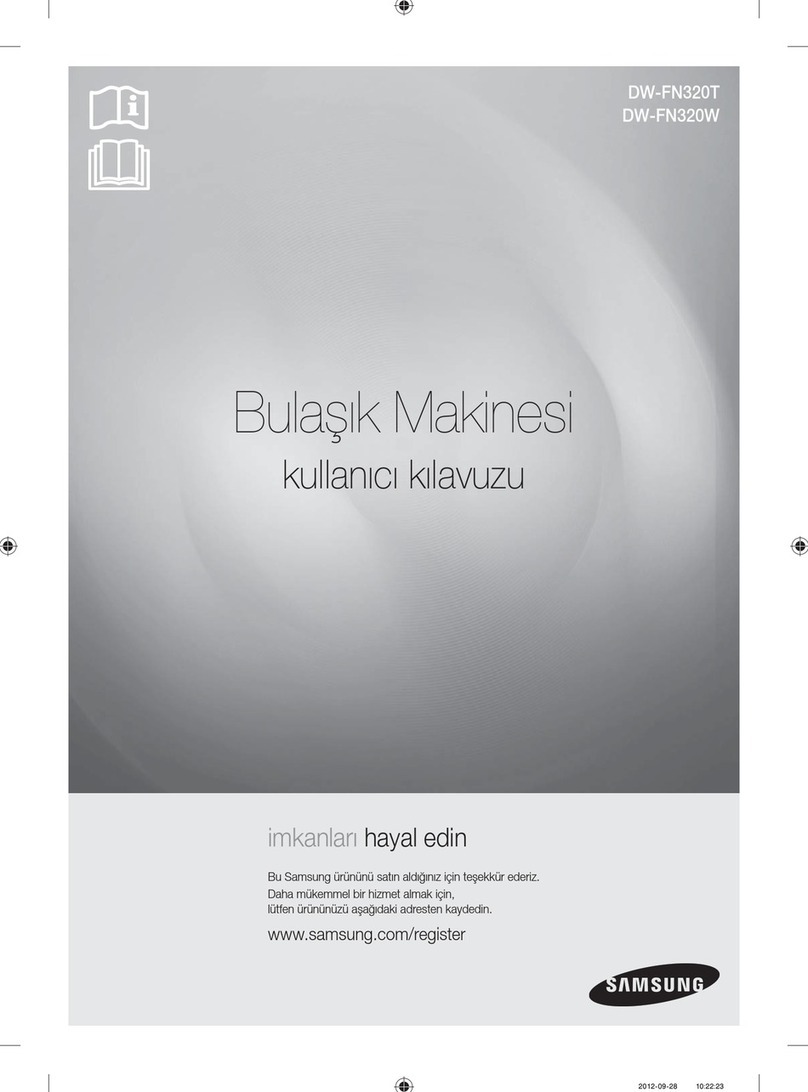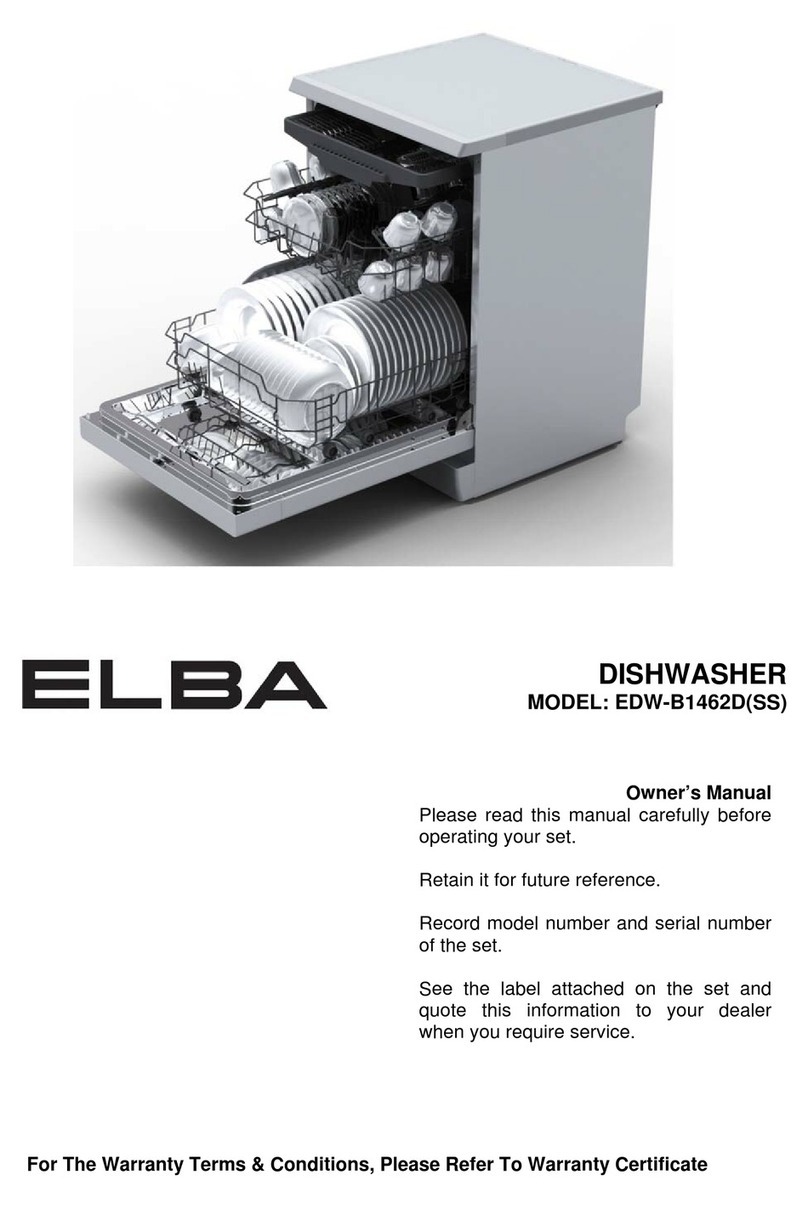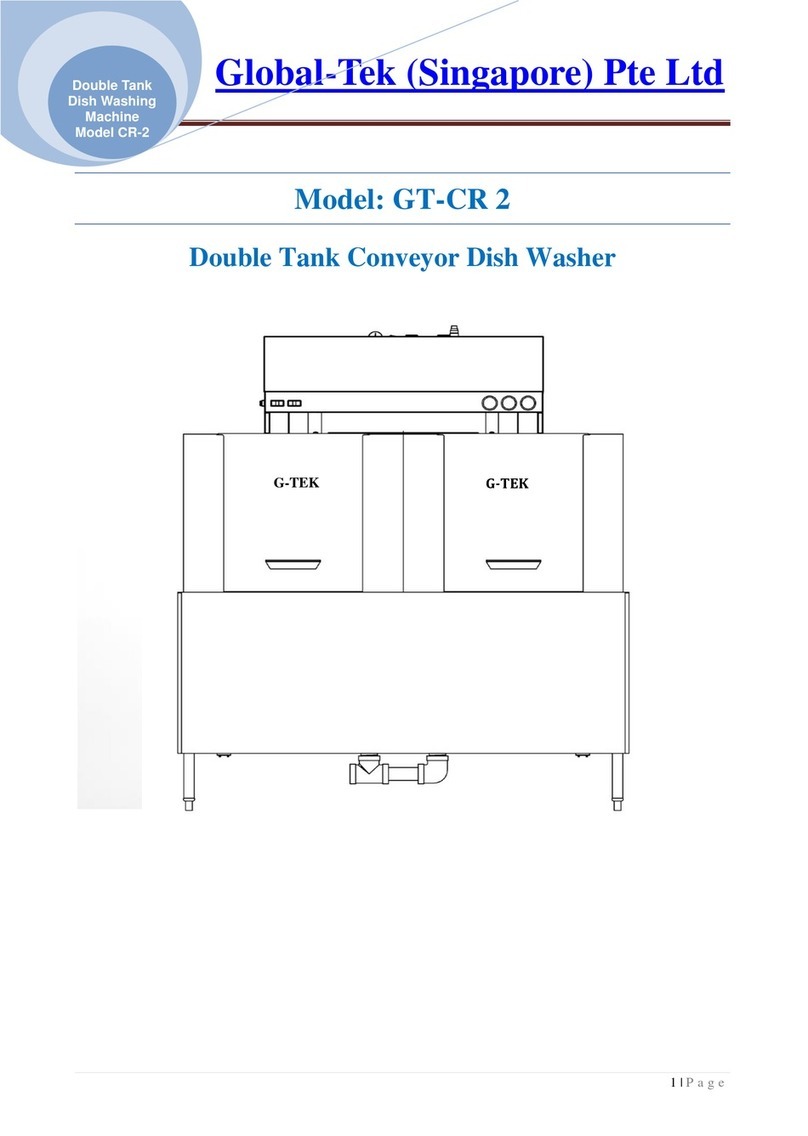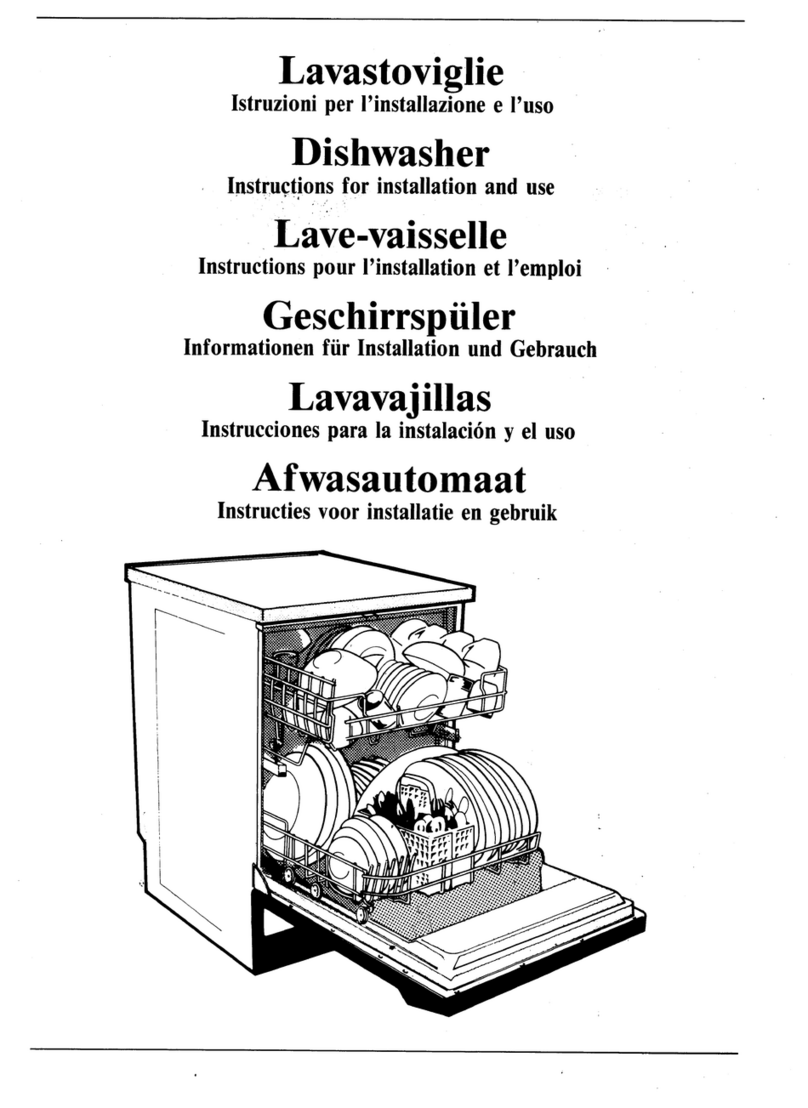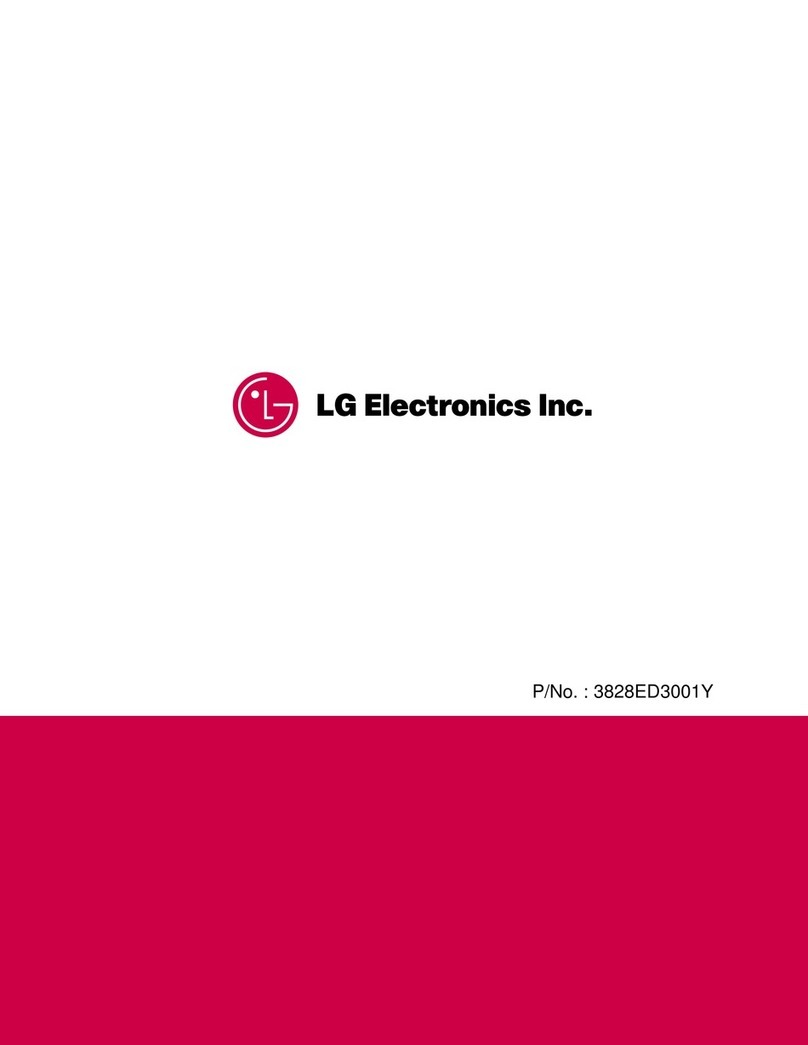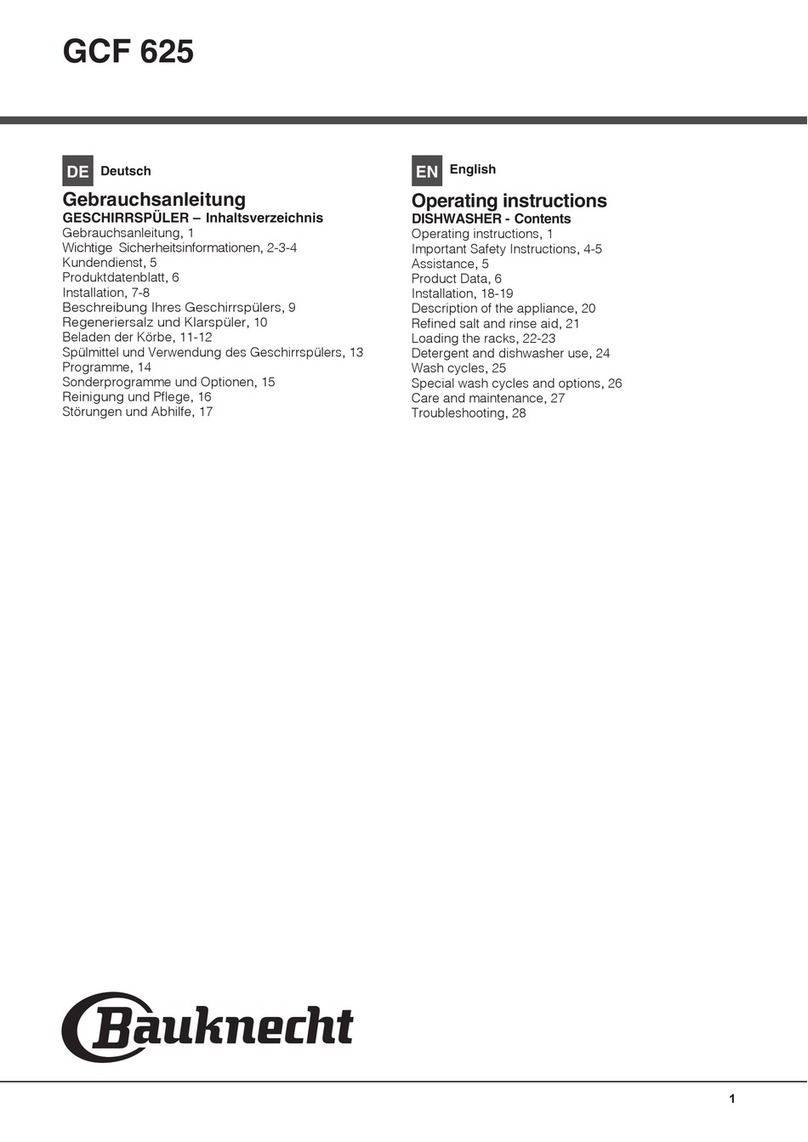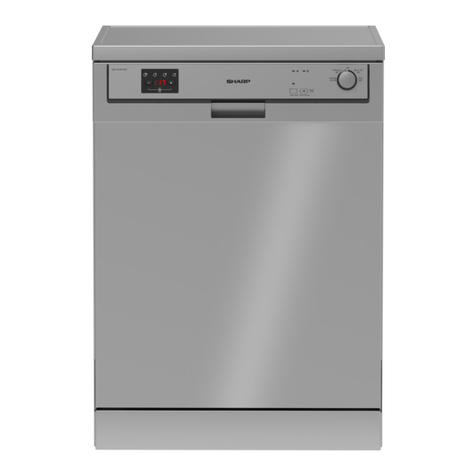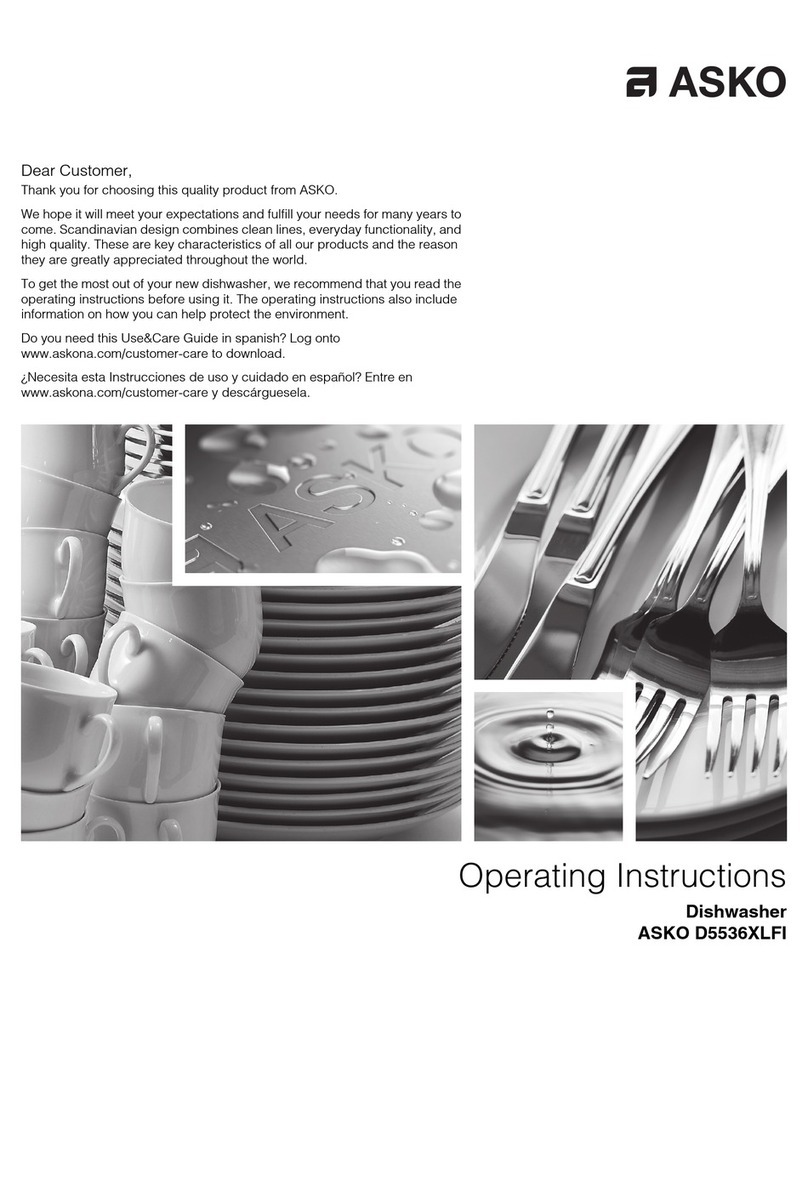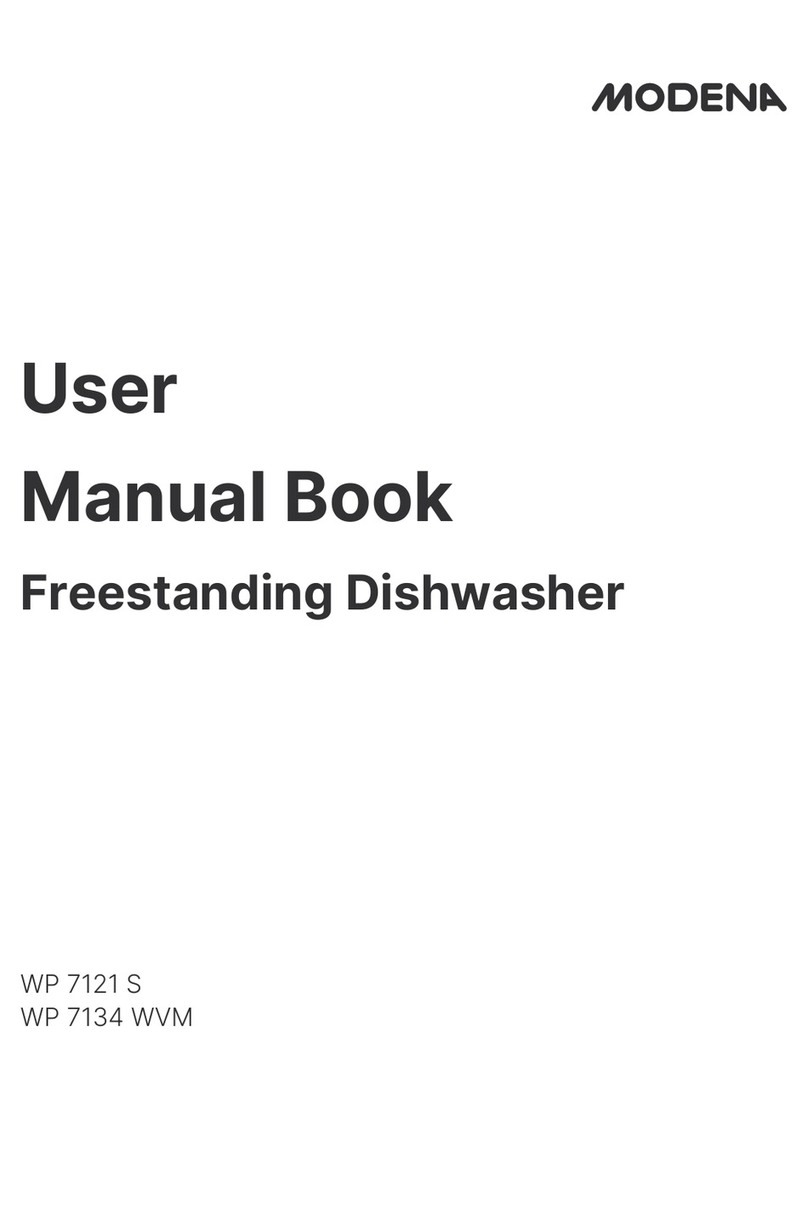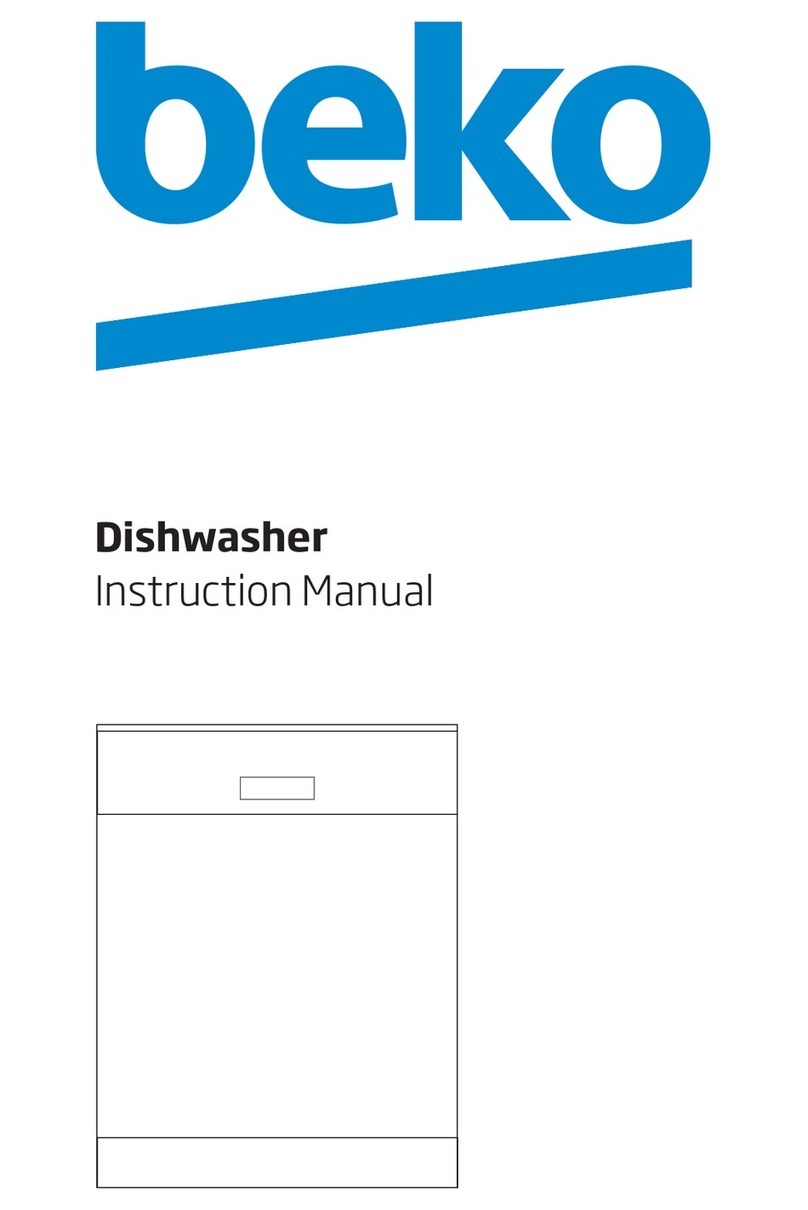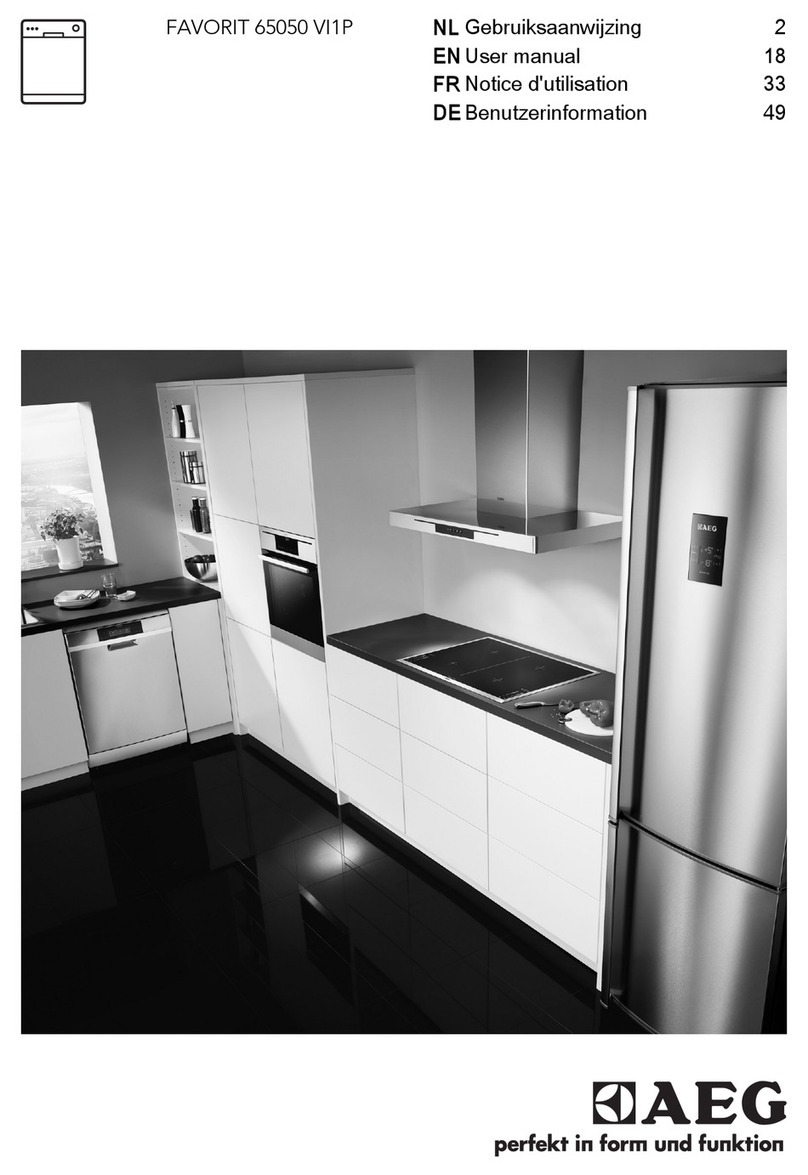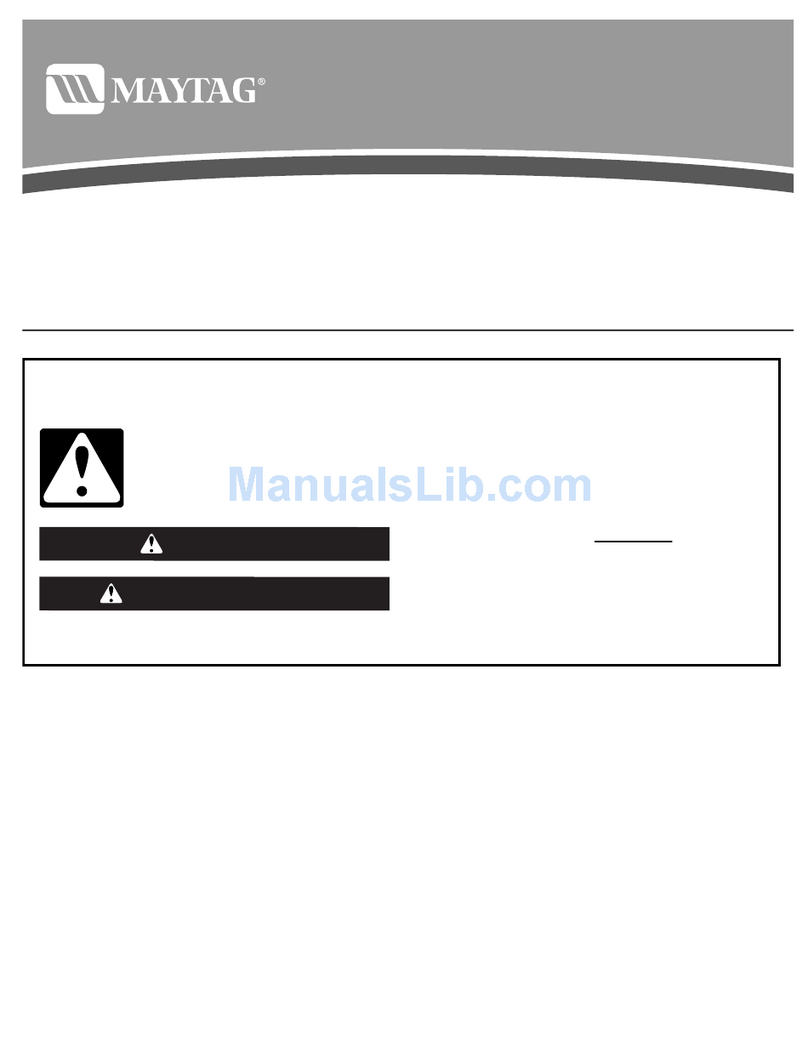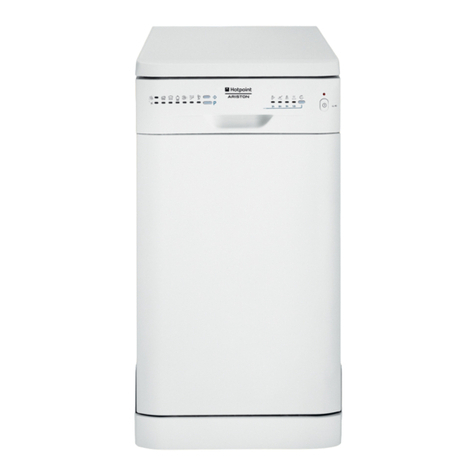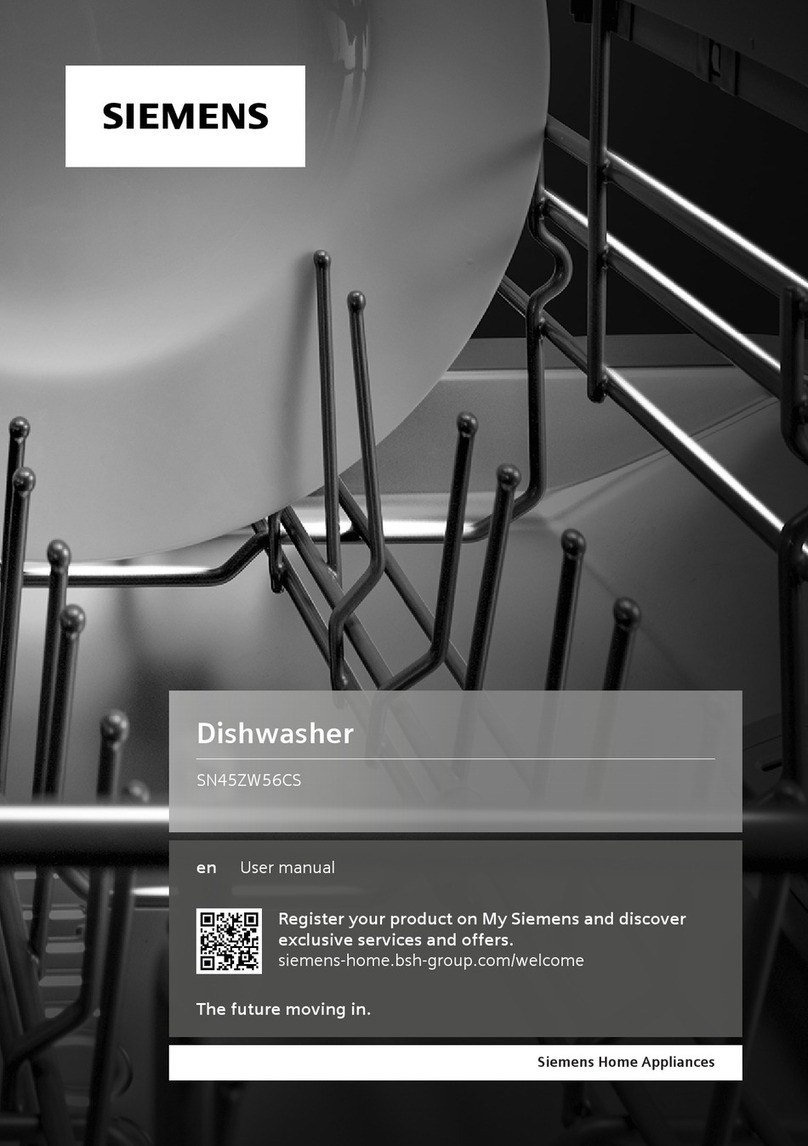INSTRUCTIONS FOR THE USER
7
7. Remove the rack and slightly incline it to permit a perfect drain; allow
dishware to dry and after having washed one’s hands, handle the rack in
order not to touch the dishware inside then place the rack on hygienically
clean shelves.
To change the tank water if necessary.
8.DRAIN CYCLE
At the end of washing, with the machine off, take out the overflow pipe
from the tank and wait until it is completely empty then close the door
and turn on the machine for a few minutes to wash the machine.
Then again press the switch "Q1 on/off" to turn off the machine and wait
until the tank is completely empty.
For machines with drain pump, open the front door, pull out the
overflow pipe, turn ON the machine, and press the "S3 start" button for
start the drain cycle. The lamp "H14" and "H9" flashes.
The machine will carry out the drain cycle for 2 min. and 20 sec.
At this point, the tank filter can be taken out, in order to be washed, then
replace it with the overflow in its place.
SELF CLEANING AND DRAIN CYCLE
For machines with drain pump, turn OFF the machine, pull out the
overflow pipe, close the front door and press the "S3 start" button for start
the cycle. The lamps “H9a-H9c”and "H14" flashes.
The machine will carry out the drain cycle for 2 min. and 20 sec.
At this point, the tank filter can be taken out, in order to be washed, then
replace it with the overflow in its place.
(For further use , first switch off the machine).
For any further information concerning equipment cleaning, read chapter
"USEFUL SUGGESTIONS".
DEACTIVATING THE DISHWASHER AT THE END OF THE DAY
9. At the end of service, turn off by using the main wall switch and close the
water and steam* valve.
(*) for steam machines only



